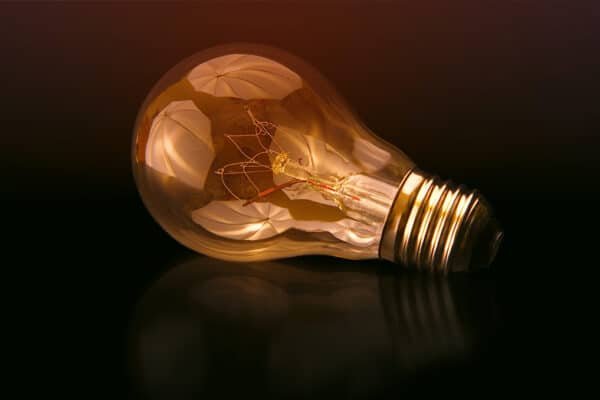Emission Allowances
- Home
- Sustainability Law
- Emission Allowances

Emission Allowances
Many large factories and energy companies emit a lot of greenhouse gases, such as CO2. However, the emission transition, or the switch to production without CO2 emissions, is not only a matter of the ‘traditional’ energy sector: energy producers and suppliers, but now also of the construction, transport, industrial and agricultural sectors, now according to the Paris Climate Agreement in 2050 an (almost) CO2-neutral society must be achieved. One of the current means of reducing the emission of such greenhouse gases in industry and the energy sector is currently emissions trading. Dutch emissions trading is governed by the European emissions trading system, the EU ETS. Within the EU ETS, a ceiling of emission allowances has been set that is equal to the total permissible CO2 emissions. This ceiling is derived from the reduction targets that the EU wants to achieve and ensures that the emissions of all companies under emissions trading never exceed the set target.
We are Always Ready to Assist Our Clients
Law & More has at its disposal a dedicated team of multilingual lawyersA company that participates in emissions trading, and is exposed to carbon leakage, is annually allocated a quantity of free emission allowances. This is based on, among other things, previous production levels and benchmarks for the CO2 emission of the production process. Emission allowances entitle every company to emit a certain amount of greenhouse gases and represent 1 tonne of CO2 emissions. Companies that emit more greenhouse gases than the number of emission allowances they have surrendered, risk a high fine and still have to surrender the lacking allowances. This can be prevented by purchasing additional emission allowances. The company that emits less greenhouse gases and therefore has emission allowances left over, can choose to start trading these emission allowances.
Before participating in emissions trading, a company must have a valid license. After all, companies in the Netherlands are not allowed to emit greenhouse gases just like that and, provided they fall under the Environmental Management Act, must apply for an emission permit from the Dutch Emission Authority (NEa). In order to be eligible for an emission permit, the company must draw up a monitoring plan and have it approved by the NEa. In order to retain the emission permit, it is also important to keep the monitoring plan up to date so that the document always reflects the actual situation.
Emission allowance trading is a MiFID II activity that requires a license or an exemption because compliance buying is proven.
Does your company have to deal with emissions trading, and do you have any questions about this? Would you like help with the application for the emission permit? Or do you have any other questions regarding emission allowances? Then you are at the right place at Law & More. Our specialists focus on emission trading, are aware of current events in this area and therefore know how to help you further.
- Environmental Law
- Environmental Act
- International climate framework
- Climate jurisprudence
- The international sustainability debate
- The European Green Deal
- Innovation
- Biodiversity (CBD)
- Trade in endangered animal and plant species (CITES)
- Trade law
- Consumer law
- Corporate Social Responsibility
- Sustainability clauses in commercial contracts
- Financing
- The Energy Investment Allowance (EIA)
- The cartel prohibition and sustainability
Contacts
Address
De Zaale 11
5612 AJ Eindhoven
The Netherlands
Do you want to know what Law & More can do for you as a Dutch Law Firm in Eindhoven?
Then contact us by phone +31 40 369 06 80 or go to the contact page for more information:




